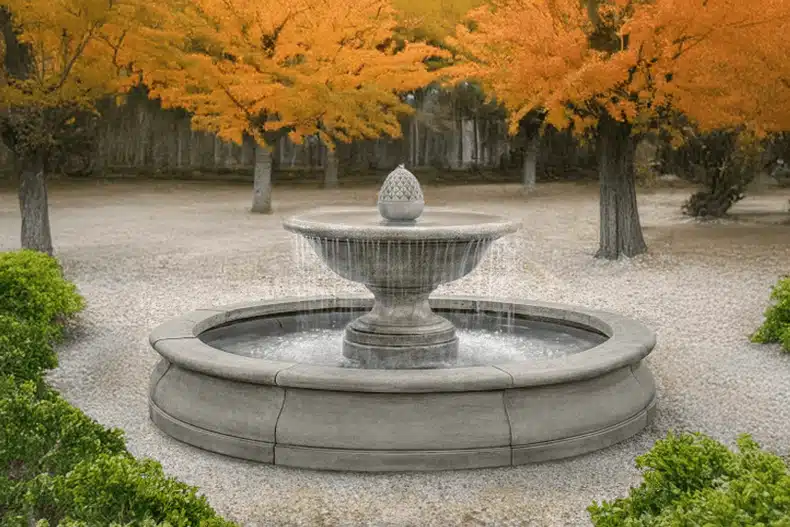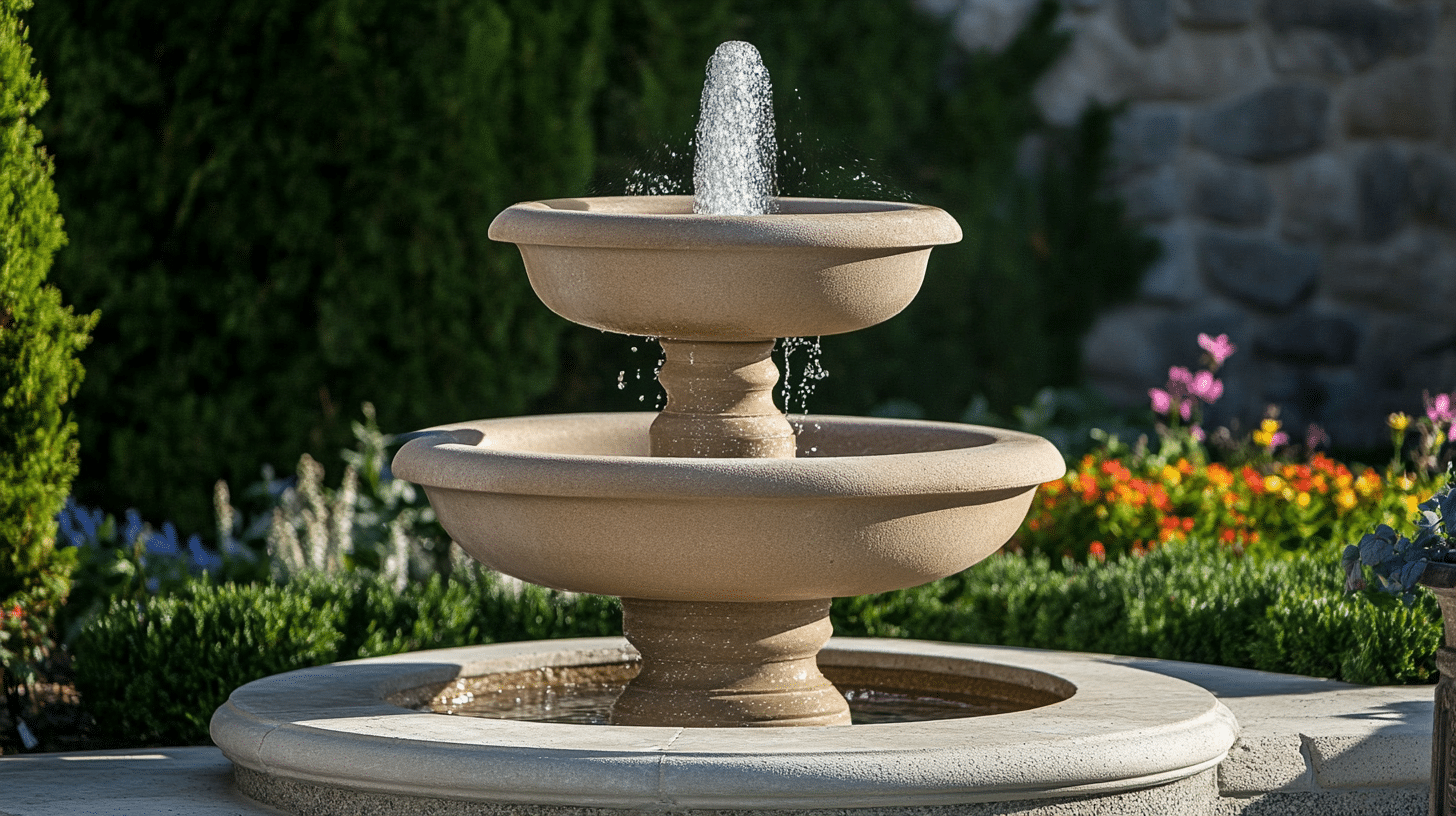Choosing the right material for your outdoor fountain can greatly impact its look and longevity. Cast stone and fiberglass are two popular choices, each with its distinct benefits. Cast stone is known for its realistic stone appearance and durability, while fiberglass offers a lightweight alternative that can mimic the look and feel of natural stone without the heavy weight. Cast stone fountains are sturdy and often resemble genuine stone’s texture, making them a favored choice for many.
Fiberglass fountains are a great option for those who prioritize ease of installation and maintenance. They are lighter and require less effort to move or reposition in your garden or patio. This material also allows for more design versatility, as it can be shaped and styled in various forms, offering homeowners a wide range of choices. Whether you prefer a sleek, modern look or a classic design, fiberglass can deliver both aesthetics and functionality.
Outdoor fountains, whether made of cast stone or fiberglass, each have their unique advantages. Homeowners have the opportunity to explore a variety of designs to find the perfect water feature for their space. For those looking for different styles, there are numerous options to shop for outdoor fountains that will suit any garden or patio setup.
Comparing Material Properties
When choosing between cast stone and fiberglass for fountains, understanding their material properties is necessary. These materials vary in durability, appearance, and installation, all of which influence their suitability for outdoor use.
Durability and Weather Resistance
Cast stone fountains are known for their strength and longevity. Made from concrete and fine aggregates, they withstand harsh weather conditions well. These fountains can endure strong winds and temperature fluctuations without cracking or breaking easily.
Fiberglass fountains, on the other hand, are lighter and more flexible. This makes them resistant to minor impacts but less durable in the face of severe weather. Fiberglass handles moderate climates effectively, but constant exposure to extreme conditions can lead to fading or brittle surfaces over time.
Aesthetic and Texture Differences
Cast stone offers a classic, refined appearance. Its texture closely resembles natural stone, providing a timeless, elegant finish. This material suits traditional garden settings well, offering detailed designs that improve landscaping projects.
Fiberglass fountains provide versatility in design and color. They can imitate a variety of materials, including metal, making them ideal for modern settings. With smooth and varied textures, fiberglass allows for dynamic designs that can be customized to individual tastes, offering more variety than cast stone.
Weight and Installation Considerations
Cast stone is considerably heavier than fiberglass, necessitating careful consideration for installation. Due to its weight, installing a cast stone fountain can be labor-intensive and may require a reinforced foundation.
Fiberglass fountains are lightweight and easy to handle. They are simpler to install, often requiring less structural support. This lightweight nature allows for more flexibility in placement and repositioning if desired.
Both materials have specific attributes that cater to different environmental and aesthetic needs in outdoor settings.
Maintenance and Longevity

Cast stone and fiberglass fountains differ in how they need to be cared for and how long they last. Cast stone is generally more durable but requires regular maintenance to stay in good condition. On the other hand, fiberglass is easier to clean but may not last as long under harsh conditions.
Cleaning and Care Requirements
Cast stone fountains require consistent cleaning to maintain their appearance. Debris and dirt should be removed regularly to avoid stains. Mild soap and water are usually enough for cleaning. Sealing the surface helps protect against moisture and weather damage. Cast stone is less prone to algae buildup, but regular inspections can prevent issues.
Fiberglass fountains are low maintenance and simple to clean. They easily resist algae buildup and can be wiped with a damp cloth and mild detergent. There is no need to seal them, making upkeep straightforward. However, prolonged sun exposure can cause fading, so placing fiberglass fountains in a shaded area can help preserve their look.
Repairability and Life Span
Cast stone fountains are highly durable. They can last decades with proper care. Minor cracks can be patched with appropriate materials. Environmental factors like freezing weather can affect durability, but proper sealing and maintenance significantly extend their life span.
Fiberglass fountains have a shorter life span. They are susceptible to cracking under impact or excessive stress. While easy to repair with fiberglass patch kits, their general durability is less than cast stone. Under normal conditions, fiberglass fountains can last several years but require protection from extreme heat or cold to prolong their life.
Conclusion
Choosing between cast stone and fiberglass fountains depends on personal taste and specific needs. Cast stone offers an authentic stone appearance and is known for its long-lasting nature. It’s a popular choice for those who appreciate traditional and classic designs.
Fiberglass fountains are much lighter and can mimic several materials like antique copper or weathered iron. They are versatile and suitable for modern or contemporary styles. It’s important to consider the environmental impact as some fiberglass materials are not biodegradable.
Both materials provide a range of design options, but each has its unique benefits and drawbacks. The decision ultimately relies on factors like weight, durability, appearance, and environmental considerations.

